- Home
- Material Handling
- Casters Wheels
- Plate Mount Casters
.....Read More
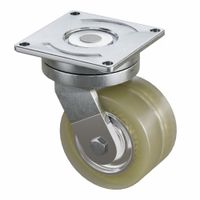
Continuous-Use AGV & AMR Plate Casters
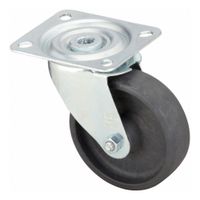
Corrosion, Debris- & Heat-Resistant Standard Plate Casters
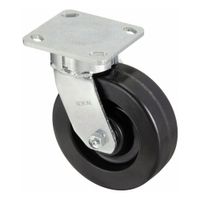
Impact-Resistant Kingpinless Plate Casters

Inverted-Mount Plate Casters

Leveling Plate Casters

Maintenance-Free Plate Casters

NSF-Listed Sanitary Plate Casters
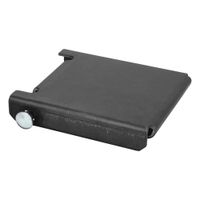
Quick-Mount Brackets for Plate Casters
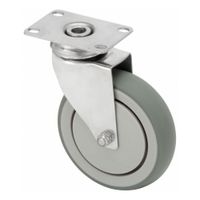
Quiet-Roll Medical Plate Casters
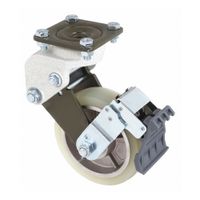
Shock-Absorbing Plate Casters

Smooth-Ride Pneumatic & Flat-Free Plate Casters
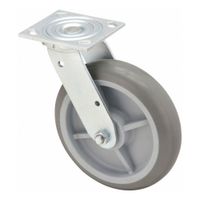
Standard Plate Casters
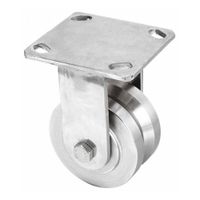
Track-Wheel Plate Casters
Frequently Asked Questions
What are the different types of plate casters available for machinery and equipment?
How do I choose the right plate caster for my application?
What are the benefits of using shock-absorbing plate casters?
How do I install plate casters onto machinery or carts?
What maintenance is required for plate casters?
How do I ensure plate casters are compatible with my equipment?
What are the advantages of using kingpinless plate casters?